July 9, 2025
The Hidden Costs of Manual Tee Time Booking (and How to Eliminate Them)

Understanding the Financial and Operational Impact of Outdated Booking Systems for Golf Courses
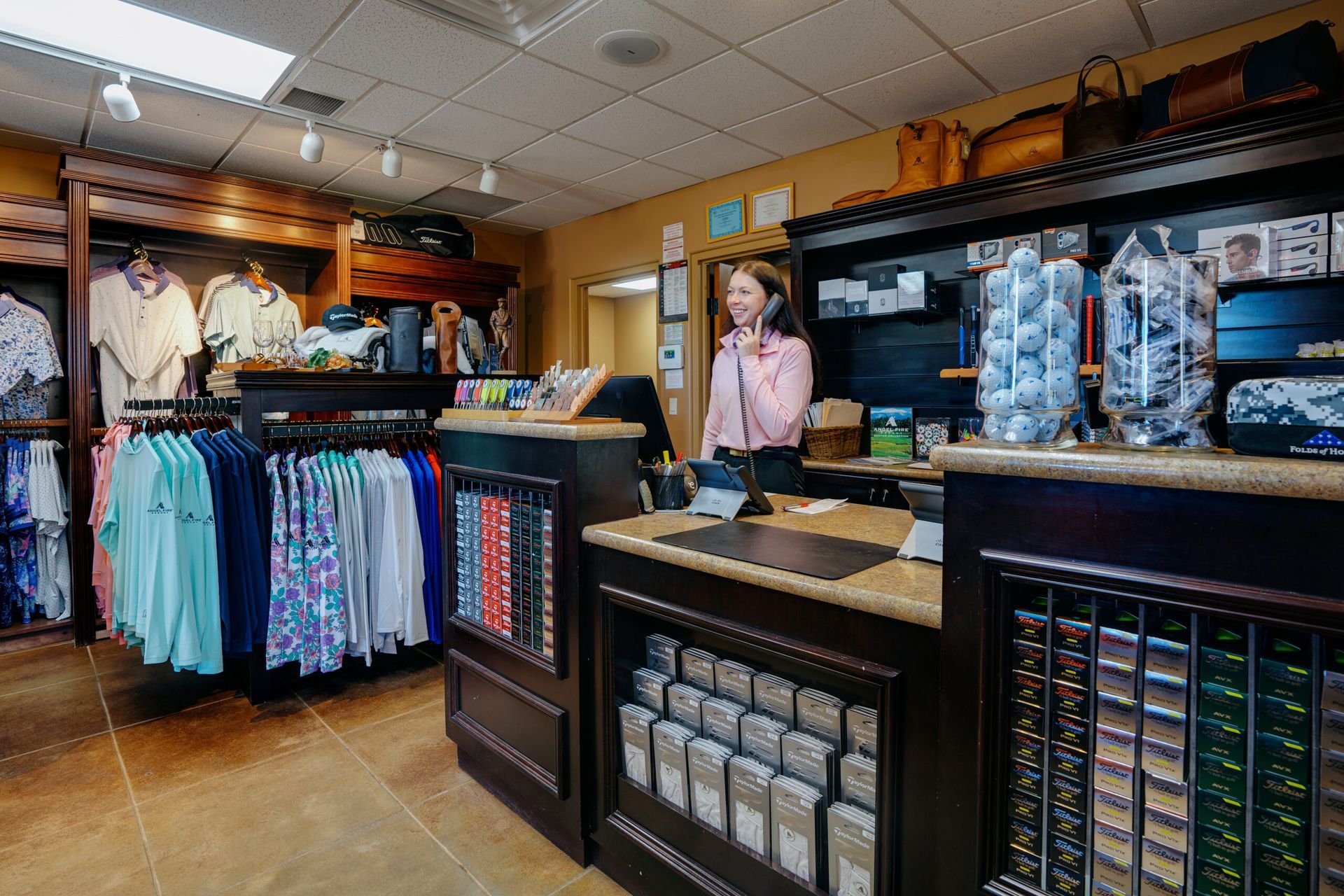
A pro shop team member at Angel Fire Resort in New Mexico manages tee times and guest services
A Tee Time Tradition That's Costing You
Manual tee time booking has long been a cornerstone of golf course operations, especially for clubs that value tradition and personalized service. However, as the expectations of golfers have evolved, so too has the need for streamlined and efficient scheduling. What once seemed like a straightforward and reliable method has become a source of inefficiency, miscommunication, and unnecessary expense.
The true cost of manual booking often hides in plain sight. It reveals itself in the time spent managing phone calls, fixing errors, and addressing member complaints—all of which chip away at staff productivity and golfer satisfaction. When these small inefficiencies accumulate over time, they begin to pose serious threats to profitability and reputation.
In today’s competitive environment, relying on pen-and-paper schedules or simple spreadsheets no longer meets the standards of operational excellence. With an increasing number of golf clubs embracing technology, those clinging to outdated booking systems risk falling behind, both financially and in the eyes of their members.
Staff Efficiency Lost in the Shuffle
One of the first casualties of manual tee time booking is staff efficiency. Every phone call that must be answered, every reservation that needs to be written down, and every change that must be manually recorded adds unnecessary complexity to the workday. Instead of focusing on delivering a premium experience to golfers, staff members find themselves caught in a web of scheduling logistics.
The time it takes to manage tee sheets manually might seem insignificant in isolation, but across a week or month, it adds up to hours of lost productivity. These hours could be better spent attending to members, managing course conditions, or handling more strategic aspects of the operation. When staff is bogged down with repetitive tasks, morale can decline and turnover can increase.
Additionally, the need to double-check hand-written entries or follow up with phone calls to confirm reservations creates opportunities for error and stress. An efficient workforce is a profitable one, and manual processes significantly hamper a team’s ability to operate at peak effectiveness.
The Member Experience: Frustration and Missed Opportunities
Modern golfers expect convenience, and nothing is more frustrating than having to call during specific hours just to book a tee time. Manual systems often restrict access to booking, especially outside of business hours, leading to missed opportunities and member dissatisfaction. In a digital age, customers want autonomy—and manual systems stand in the way.
Delays, miscommunications, and accidental double bookings can quickly turn what should be a relaxing round of golf into a source of stress for your members. These small pain points, while seemingly minor, add up and can damage long-term loyalty. Golfers who feel that scheduling a round is too much of a hassle may look to other clubs that offer more streamlined digital options.
Furthermore, manual booking methods limit your ability to engage and upsell to members during the booking process. With an automated system, it’s easy to recommend lessons, cart rentals, or food and beverage packages at the time of reservation. These subtle conveniences build a stronger connection with your brand and increase the overall value of each visit.
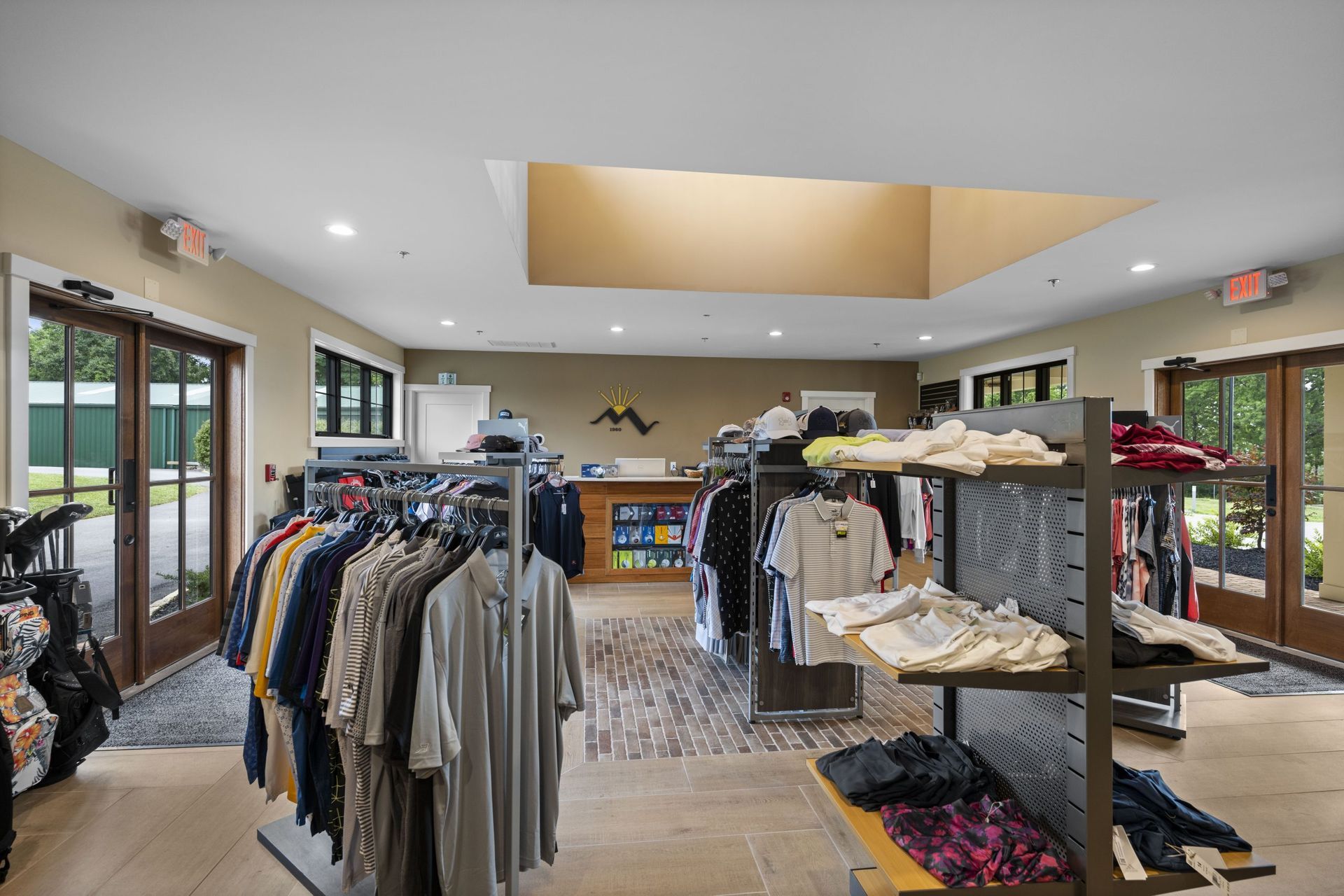
The pro shop at Miami View Golf Club in Cleves, Ohio showcases a sleek, modern design.
Errors, Double Bookings, and Revenue Leakage
Human error is inevitable, especially in a high-traffic environment like a golf course front desk. Manual booking systems are prone to mistakes that can create ripple effects across your operations. Double bookings, missed tee times, and incorrect scheduling not only inconvenience golfers—they also lead to lost revenue and strained relationships.
When a tee time is accidentally given to two groups, the club not only has to address the frustration of those affected but may also lose business if one group walks away. These situations are more common than many clubs realize and can be difficult to track without a digital record. Over time, the cumulative cost of these mistakes becomes significant.
Inaccuracies in scheduling also impact other areas of the club, from staffing and resource allocation to food and beverage planning. When the tee sheet isn’t reliable, it’s impossible to prepare effectively. This unpredictability hinders the ability to manage the club like a modern business and leads to operational waste.
Missed Marketing and Upsell Opportunities
Manual tee time booking restricts your ability to capture important customer data, which is essential for targeted marketing and upselling. Without a centralized system, clubs struggle to identify trends, segment members, or automate follow-up communications. This results in missed opportunities to keep golfers engaged and spending more.
An automated system provides a wealth of insights—from frequency of play to preferred times and spending habits—which can be used to craft personalized offers. For example, a golfer who regularly plays early mornings on weekends might appreciate a discounted breakfast bundle or loyalty reward. These small touches encourage repeat business and deepen member loyalty.
Manual processes leave these insights untapped. Without the data and automation, marketing becomes guesswork and promotions are less effective. The ability to upsell additional services like golf lessons, pro shop merchandise, or event participation is severely limited when you don’t have timely, accurate information at your fingertips.
Reporting Blind Spots That Hinder Growth
Accurate reporting is essential for making informed business decisions, but manual systems rarely deliver reliable or comprehensive data. Managers need to know which tee times are most popular, when demand peaks, and how different customer segments behave. Manual booking leaves these insights buried under stacks of paper or scattered spreadsheets.
Without detailed reporting, it's impossible to spot trends or optimize scheduling for profitability. Are your twilight tee times underutilized? Are members booking farther in advance than non-members? Are certain days consistently overbooked? These are questions that require solid data to answer—data that manual systems simply don’t provide.
Lack of insight also hinders long-term planning. Whether you're considering expanding services, adjusting pricing, or launching a new membership tier, having a reliable record of booking trends and customer behavior is critical. Manual booking creates a dangerous blind spot in an increasingly data-driven industry.
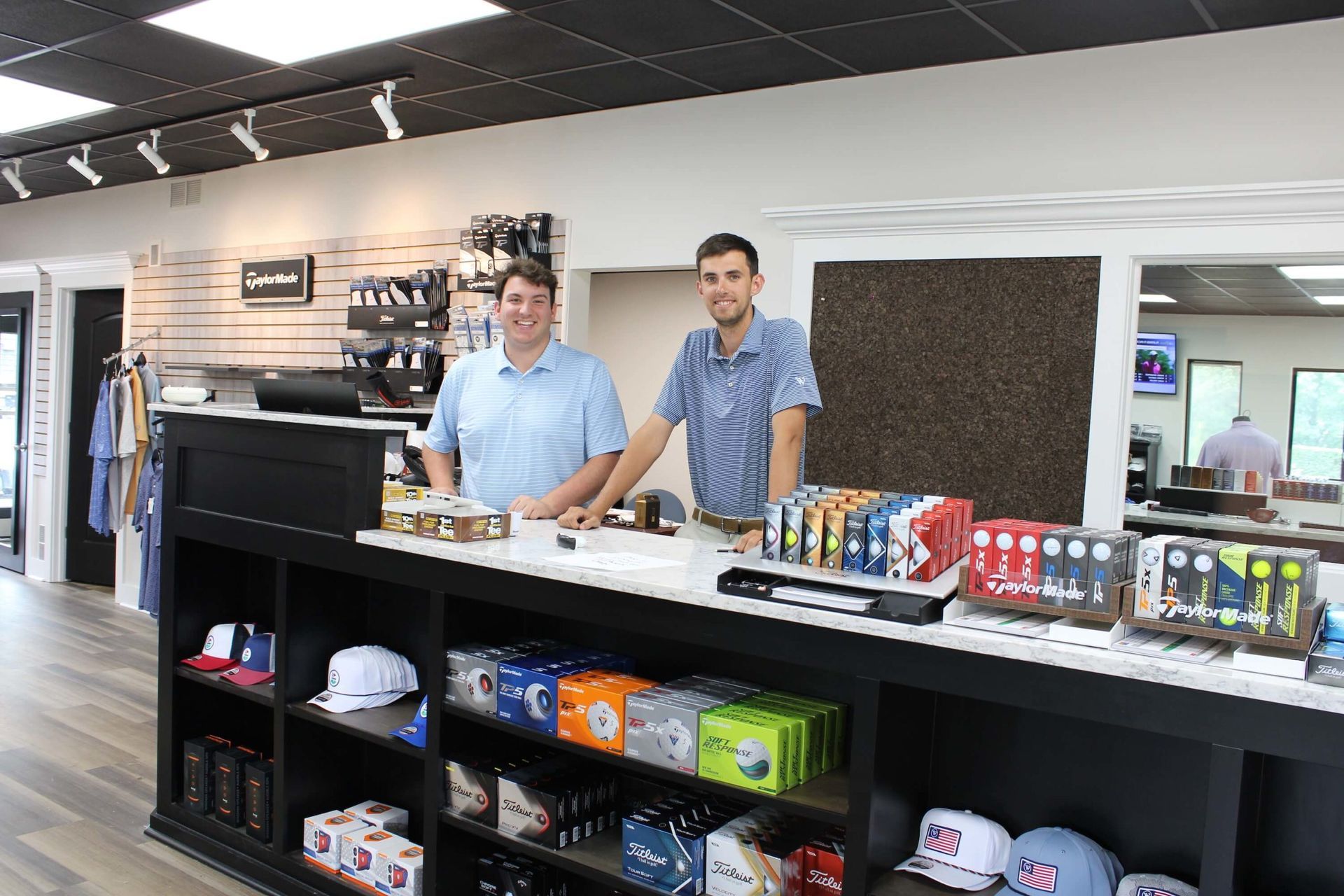
Friendly staff welcome golfers inside the Wildwood Golf Shop in Louisville, Kentucky.
The Admin Drain: Hidden Labor Costs
Behind the scenes of every manually managed tee sheet is an administrator juggling paper, phones, and an inbox full of scheduling requests. These hidden labor costs often go unnoticed because they blend into daily operations. Yet they represent a significant drain on resources and an area ripe for optimization.
Administrative staff spend hours each week handling tasks that could easily be automated. These include entering tee times, sending confirmations, rescheduling groups, and managing cancellations. When these processes are done by hand, they not only consume time but also introduce the potential for costly errors.
Moreover, the time spent on these manual tasks prevents administrators from focusing on more valuable responsibilities such as member engagement, financial planning, or event coordination. By automating booking, clubs can reallocate their administrative workforce toward roles that directly enhance the member experience and support strategic goals.
How Automation Reclaims Time and Increases Profitability
Automating your tee time booking process eliminates many of the hidden costs that plague manual systems. By allowing golfers to book online, confirm reservations instantly, and receive reminders automatically, clubs can reduce phone traffic and eliminate scheduling errors. This efficiency translates directly into time and cost savings.
Automation also opens up new revenue channels. Clubs can offer dynamic pricing, cross-sell services, and promote time-sensitive offers without relying on staff to execute each step manually. The ability to track and analyze behavior allows for smarter decision-making and more personalized marketing.
More importantly, an automated system empowers both staff and golfers. Staff can focus on hospitality and strategic initiatives, while golfers enjoy a more convenient and modern experience. The result is a more profitable, well-run club that’s positioned for growth.
Transitioning to a Smarter Booking System
Making the switch from manual booking to an automated platform doesn’t have to be overwhelming. With the right partner and implementation plan, the transition can be smooth and relatively quick. Most systems offer import tools and onboarding support to help you bring existing reservations into the new platform.
Training staff and members on the new system is essential. By highlighting the benefits—such as 24/7 access, reduced wait times, and fewer scheduling errors—you can create buy-in from both sides. Most users quickly adapt and appreciate the added convenience.
The long-term payoff of moving to a smart booking solution is substantial. Clubs that make the switch often see immediate improvements in efficiency, member satisfaction, and overall revenue. It's not just about saving time—it’s about setting the foundation for sustainable success in a competitive industry.
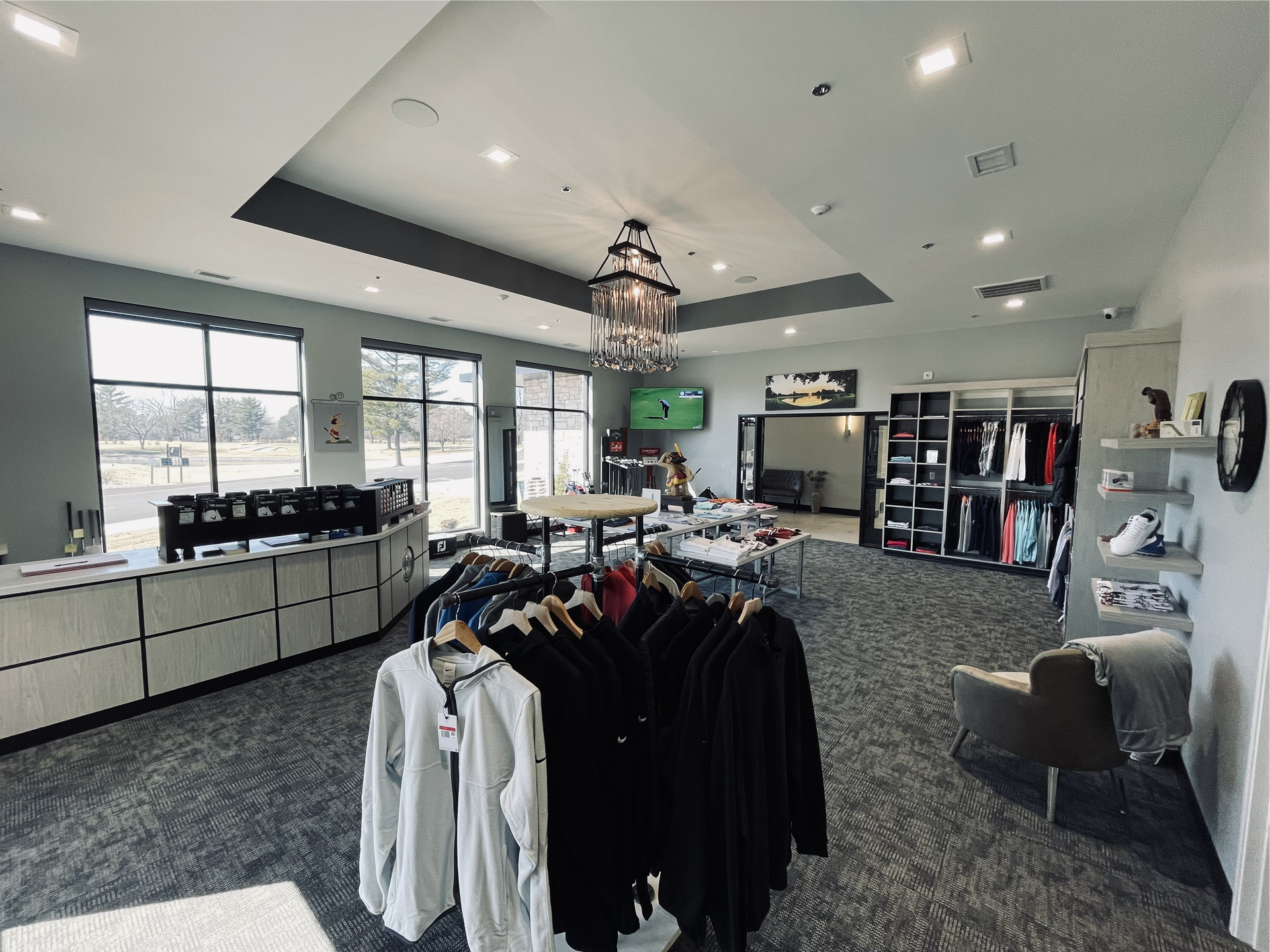
The pro shop at Indian Hills Country Club in Bowling Green, Kentucky features a clean, modern layout for today’s golf experience.
Future-Proofing Your Club’s Operations
In an era where efficiency, convenience, and data-driven decisions are critical to success, manual tee time booking is a liability. The hidden costs—lost productivity, missed revenue, operational blind spots—create real challenges that can hinder a club’s growth and reputation. Today’s golfers expect more, and clubs must rise to meet those expectations.
By embracing automation, golf courses can unlock significant value across every area of their business. From streamlined operations and increased bookings to better marketing and stronger member relationships, the benefits are clear. Clubs that prioritize digital transformation will be best positioned to compete and thrive.
Fairway Control was built specifically to eliminate these pain points and give golf course operators, owners, and instructors the tools they need to run smarter businesses. Our all-in-one platform automates tee time booking, streamlines communications, and delivers powerful analytics—so you can spend less time managing logistics and more time delivering a great golf experience.
More from Fairway Control





